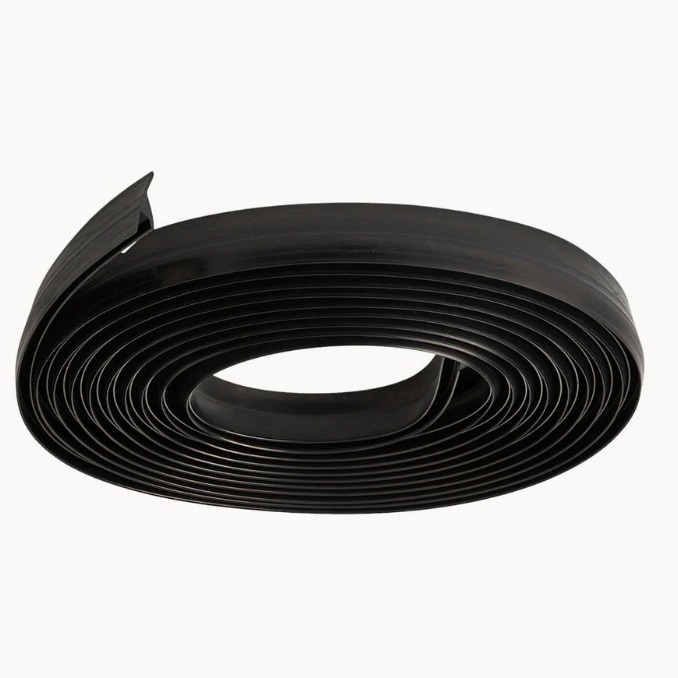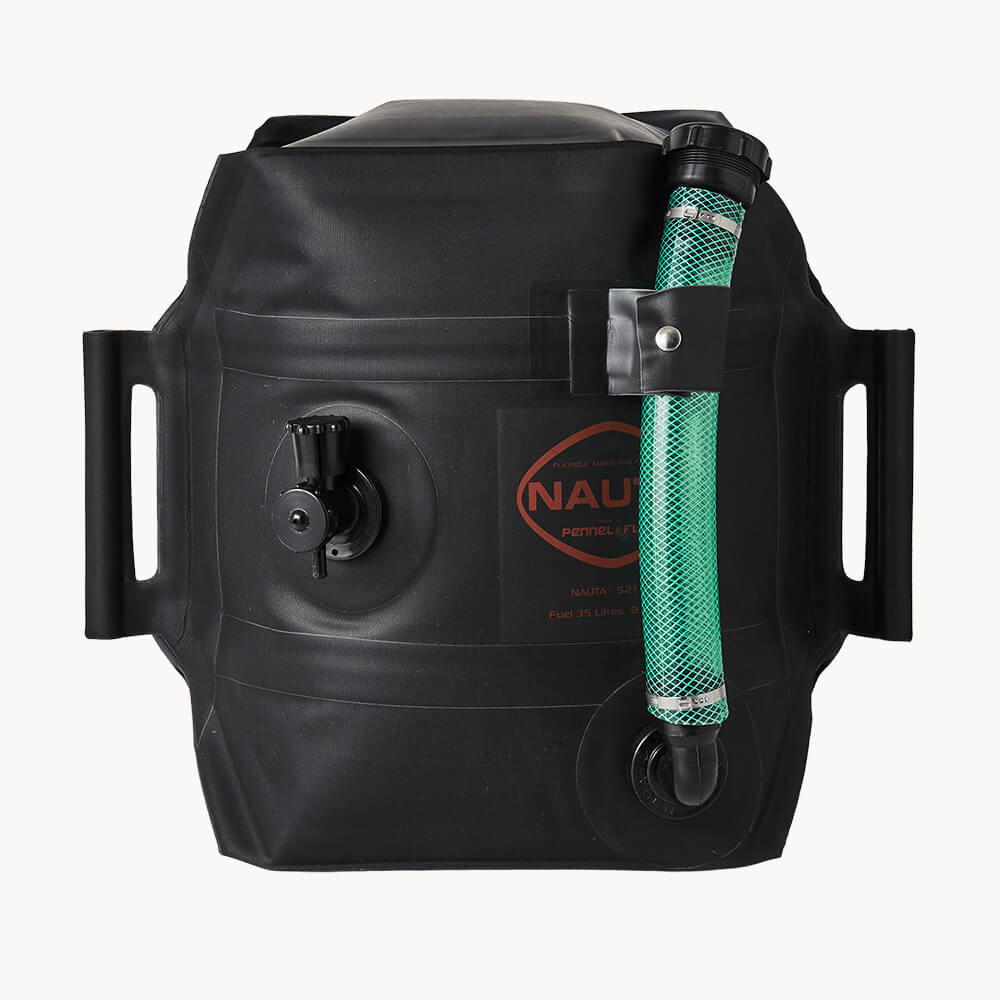
Preparing to launch your inflatable boat
With the return of fine weather, RIB boat owners will once again be able to indulge their passion and take to the waves for a full season of excursions, sea trips, fishing sessions and other leisure activities and water sports.
While launching a boat seems on the surface to be an easy thing to do, even the most seasoned sailors can get caught out, forget a step, or lose time ... That's why Orca Retail has put together a review of some top tips for successfully carrying out this operation to launch your RIB!"
What steps are required for launching and sailing?
First of all, in order to sail on the inland waters of a country - and in our case, France - you need to register your pleasure boat if you haven't done so in the past.
To do this, you must complete this document : Fiche plaisance eaux intérieures pour la mise en service d'un bateau de plaisance (Cerfa N°14682*01) .
Then send it to the registration service for inland waterway navigation permits.
At the end of this procedure, you will receive a circulation card.
Once you have this card, check with your port and its harbour master's office to ensure the following :
- If you decide to keep your boat in harbour waters, to have negotiated your allocated berth properly
- Good buoyancy and safety of your boat
- Possible times or days for launching
- Documents required
In the event of a check by a river brigade or the coastguard, be aware that you must always be in possession of your on-board documents, on pain of a fine.
So make sure you have your boating licence, proof of identity, trailer registration document, insurance certificates, and fishing licence if applicable.
What precautions should you take to ensure a successful return to sea in a RIB?
First of all, a survey of your RIB boat and an inspection is in order, to make sure it hasn't suffered during wintering.
Start by checking the state of charge of your battery, then the correct operation of your electronic devices, firstly those related to navigation (GPS, controls), then those concerning your navigation comfort (refrigerator, automated elements, auxiliary lights, radio, etc.), and then those related to your navigation comfort.).
Then be sure to refuel for your boat tank, and possibly plan for additional reserves. Orca Retail offers you a range of flexible fuel tanks, but also for clear and waste water. You can then test the engine to make sure it lights up properly, and that the propeller turns correctly.
The third precautionary step in preparing for your launch is to make sure your RIB boat doesn't ... sink ! Remember to install the bilge plug properly. More generally, check the watertightness of your boat and its level of wear and tear. If a fragility appears that could lead to a risk of your RIB bladders breaking later, it's probably high time to repair or reinforce them using our Orca Neoprene Hypalon fabrics.
Available by the cut for all models of semi-rigid inflatable boats, discover our full range now and have it delivered quickly in Europe.
Finally, it's always a good idea to pack a maintenance kit to carry out unexpected repairs. Once again, Orca Retail can help you : degreasing cleaners, anti-mould products, protective waxes, glues, hardeners, scratch strips ... you'll find everything you need to maintain your RIB in our online shop.
Logically, you've thoroughly cleaned your craft to prepare it for wintering, but after long months of storage, a little cleaning and dusting session is always welcome !
If you have any doubts about the inspection or general condition of your RIB and would like to seek professional advice or intervention, we invite you to consult our network of partner repairers throughout Europe.
How to proceed with the launching itself ?
Then finally comes the fateful moment : launching your semi-rigid inflatable boat, which you now need to unload from your trailer.
All in all, a launch should take little more than 5 minutes.
Follow these tips and steps to make the operation a success within this timeframe and avoid incurring the exasperation of other boaters !
Think beforehand about getting your towing equipment right such as the winch crank and the stern straps, or you may have great difficulties with your launch. It would indeed be a shame, for example, to have to cut the strap because you're missing the crank that disengages the winch !
The first stage of launching consists of loading all the equipment you need for your first outing onto your RIB boat.
Mandatorily take for your safety distress flares, enough lifejackets, your external navigation instruments if any, and your communication tools (radio or mobile phone and their water protectors) to always keep in contact with the shore.
If you're doing the operation alone and have to go away at some point, store the most coveted items and your personal belongings in discreet or secure compartments to avoid unpleasant surprises. Make sure you place your equipment and accessories correctly so that when you reverse down they don't slip and fall into the water !
Then think about taking any other accessories that will make your outing a success : meals, drinks, fishing or sports equipment (skis, wakeboard, tow ropes), towels for swimming, etc.
Secondly, head backwards with your trailer towards the slope leading down to the water. Move backwards until your tyres are under the rim. There's no need to back up too far and have your tyres entirely in the water : if your trailer is set up properly, it will do its job well. Note that if you submerge your trailer and there is a problem, your insurance may refuse you assistance.
Adapt your speed and immersion level according to the incline of said slope and your trailer type (" breaking " or not). There's no need to rush, just make sure the angle is right and that there are no obstacles in the way. Look in your rear-view mirror or get someone to help you. If you are alone and need to get out of your vehicle, make sure your handbrake is on.
Once correctly positioned at the water's entrance, for the third stage of your launch, gradually unwind the trailer strap holding your boat until the boat is afloat.
We recommend that at this point you do not have your inflatable boat completely off your trailer. It's a good idea for it to be held back in part by the last " rolls " on the trailer so that it stays wedged.
Unstrap the boat from the strap and climb aboard your RIB, having taken care to switch off your car's engine and put on the handbrake. Start your boat's engine, and manoeuvre slowly into the harbour towards the quay where you can moor.
Finally, head back to your vehicle to clear the slipway, and head for the harbour car park.
You're all set to take to the sea, and all we have to do now is wish you a superb season !
Are you passionate about boating and semi-rigid boats?
Discover our products!
Read more about the world of RIBs:
- Why do we say Zodiac when we talk about RIBs:
- The best semi-rigid boat accessories
- Why buy a RIB boat? Avantages
- The best semi-rigid inflatable boat models
- How to maintain your RIB boat





